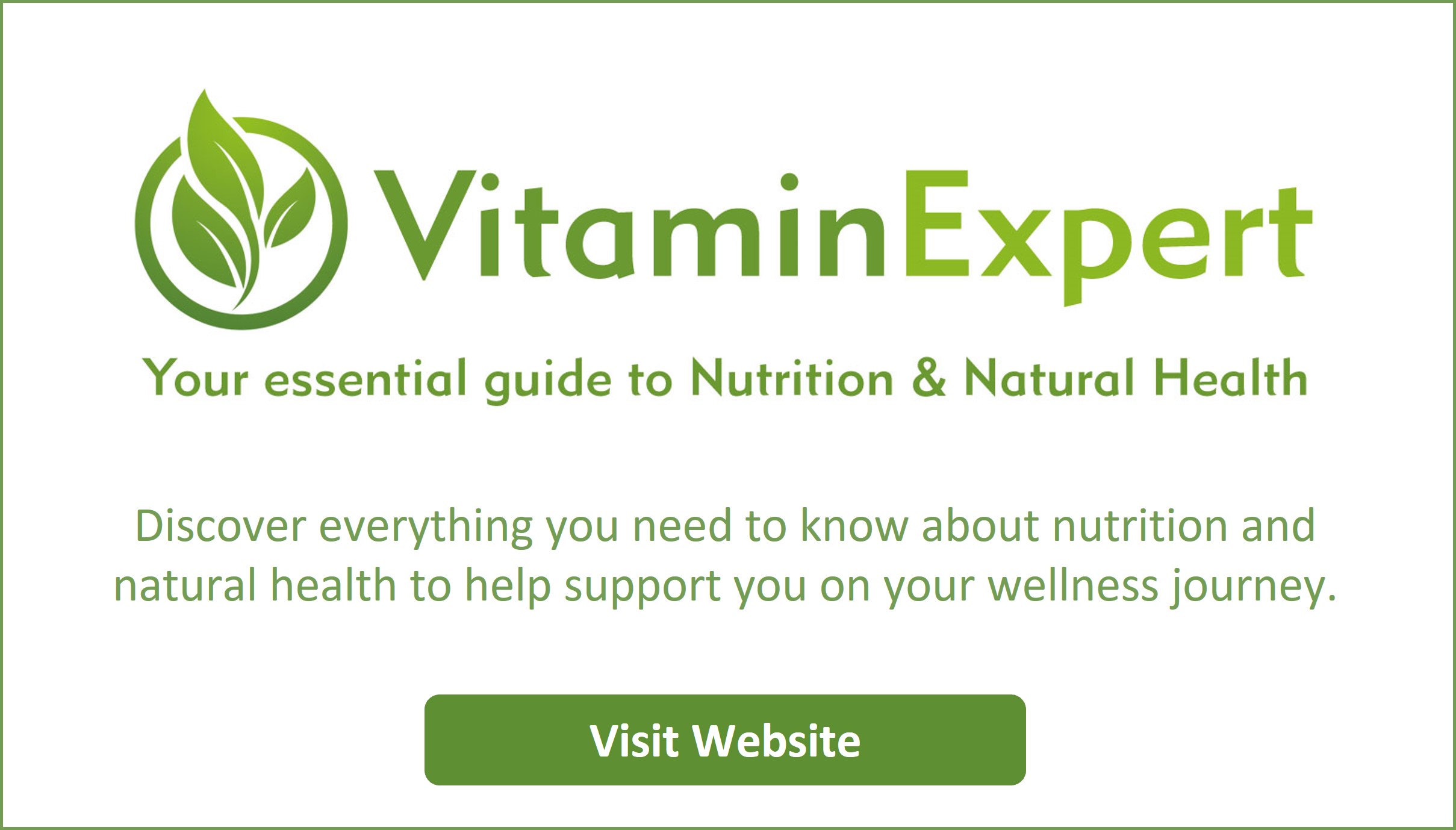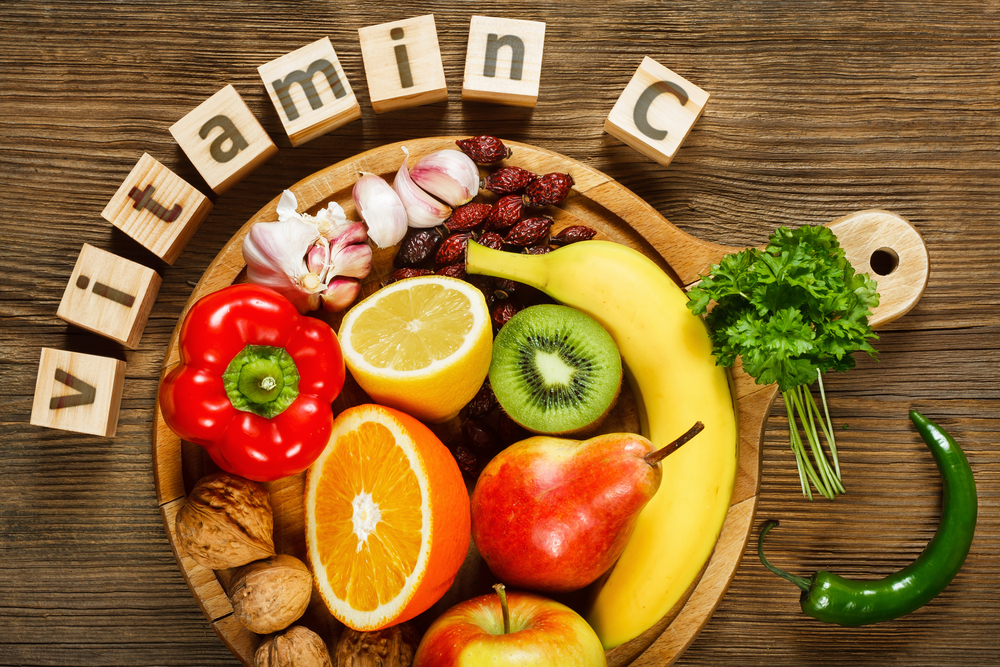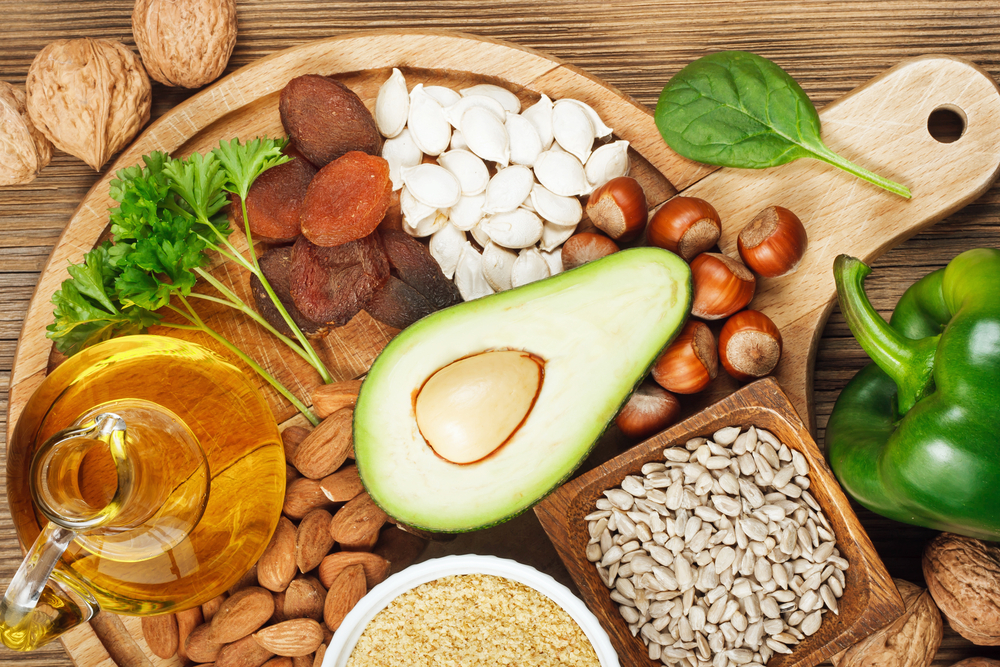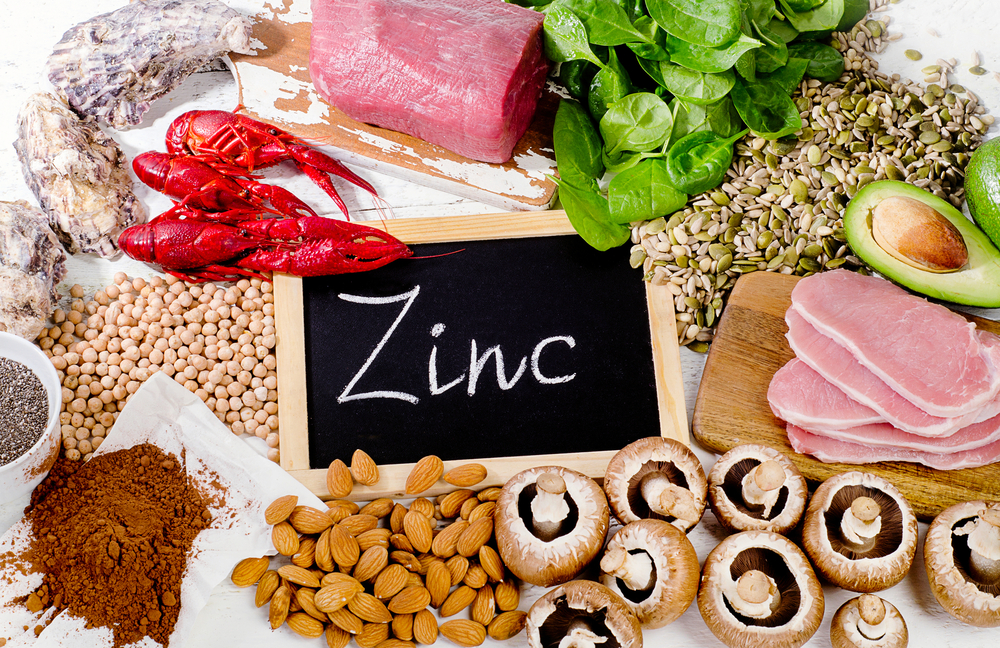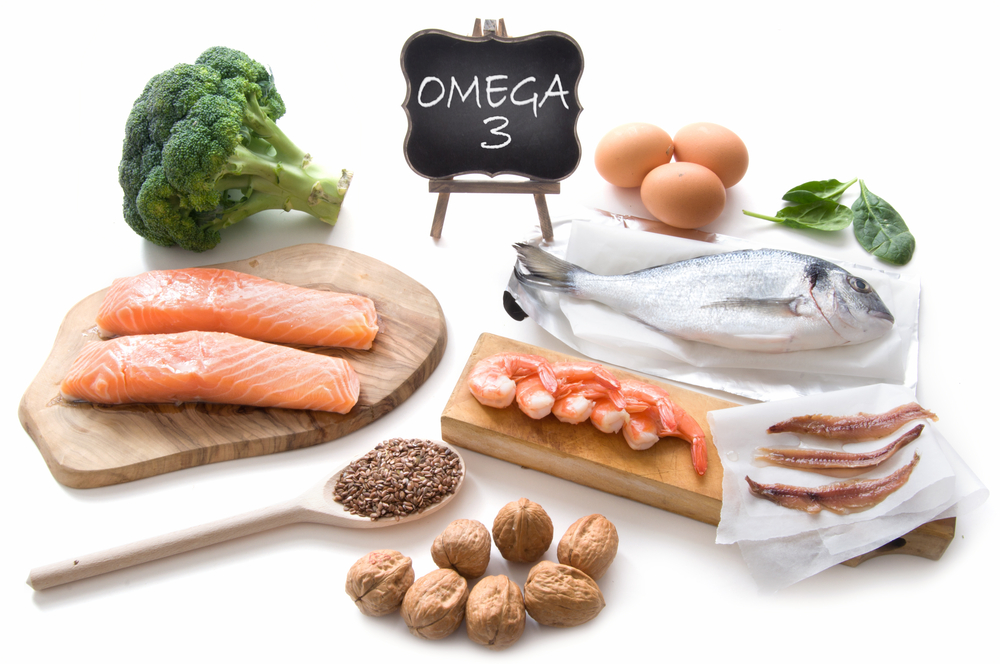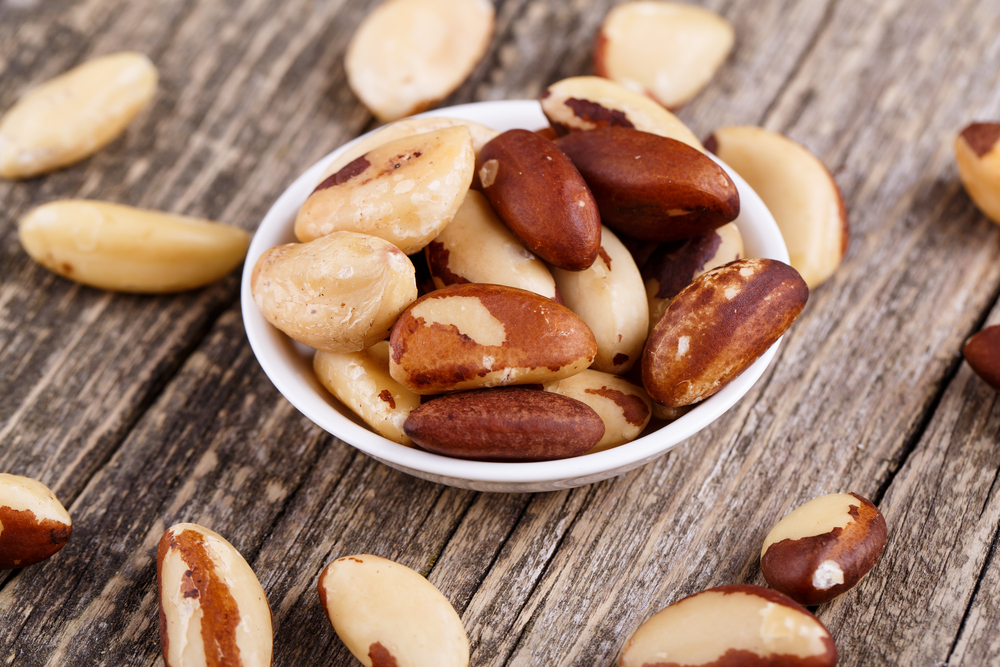
As we near the end of February and come into March and the start of spring, there are some new seasonal foods to enjoy. The mere fact that winter is almost behind us can really lift our mood and energy levels, so it makes sense that nature supports us too.
Clinical Nutritionist Suzie Sawyer shares her top five in-season foods for March.

Mushrooms
‘Shrooms’ as they’re affectionally known, have become highly acclaimed in nutritional circles as we understand more about their amazing health benefits. However, consumers are also raving about them!
There are many varieties of mushrooms, and they all provide slightly different health benefits. However, all mushrooms are rich in vitamin B6 and selenium, and are all supportive of immune health.
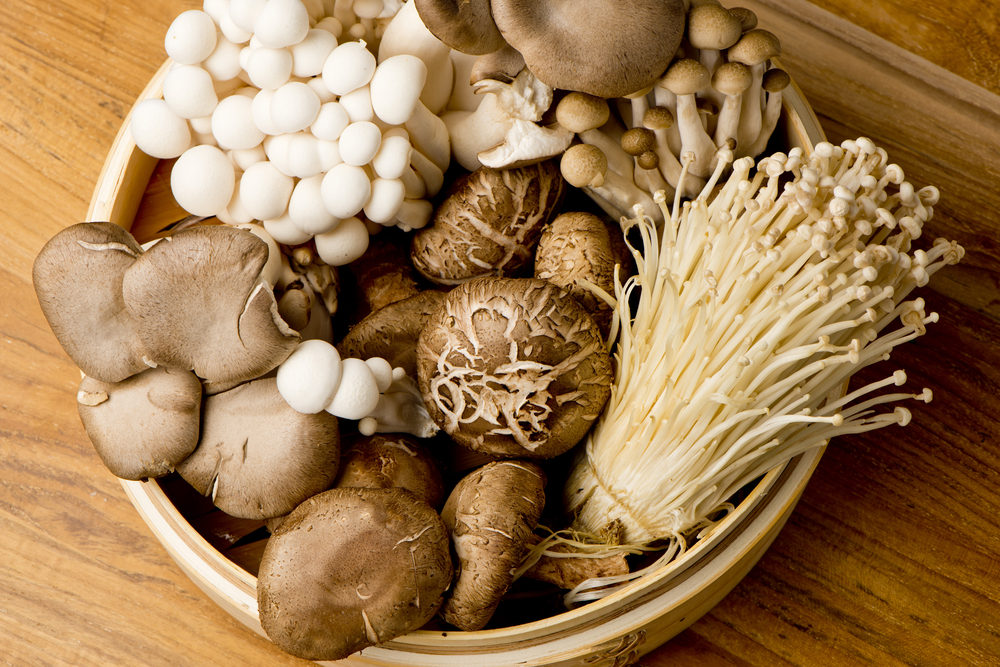
All mushrooms are a great source of vitamin D: just like us humans they’re able to absorb sunlight and turn it into vitamin D. It’s not easy to find vitamin D in the foods we eat, therefore mushrooms can help deliver in this respect.
They are masters of versatility when it comes to how to use them in dishes. I personally find mushrooms on toast for breakfast a real treat, providing a low calorie, but high nutrient start to the day!
Cauliflower
Another ‘big hitter’ in nutritional terms, cauliflower is also very versatile. It can be used as a main dish (roasted or made into cauliflower cheese), but also works on its own as a vegetable side; it has quite a strong flavour so it’s very happy to be single!

Cauliflower is a member of the cruciferous vegetable family which help support liver detoxification. Plus, it’s high in fibre which really keeps the digestive tract in good working order.
From a nutritional perspective, cauliflower is rich in vitamin C, low in calories and is also a great source of our trace minerals, so often lacking in the daily diet. However, it’s important not to overcook cauliflower otherwise it will become soggy and tasteless!
Spring onions
As the name suggests, spring onions come in as the seasons change. All onions provide plenty of flavonoids, which are rich in antioxidants. They are also high in quercetin which helps to calm down allergies, especially hay fever. If you’re a hay fever sufferer, then now is the time to eat more spring onions before pollen levels rise.

As spring onions are small and can be eaten cooked or raw, they’re very easy to add to dishes such as mashed potato as well as any stir fries or Peking Duck pancakes.
Spring onions are high in immune supporting vitamin C, energising B vitamins and fibre. These little wonders are worth adding to many dishes for additional taste and nutritional benefits.
Bananas
Whilst bananas are available all year round, those from the Windward Islands in the Caribbean are in season now and are certainly tastier.
Bananas are incredibly versatile and provide a quick boost of energy, hence their popularity with sports people. They also provide a great source of potassium which helps rehydration during endurance-type events or just when then weather heats up.

Rich in energising vitamin B6 and vitamin C too, bananas make a perfect ‘on-the-go’ snack and are delicious in a banoffee pie!
Mackerel
Mackerel is often described as a ‘showy’ fish as it has a sparkling, silvery belly: slightly more attractive than some white fish, such as plaice. However, perhaps this is also because mackerel provides more exciting health benefits. It’s rich in the essential omega-3 fats which are also essential for life. Omega-3s are needed for most body systems, especially the brain and eyes.
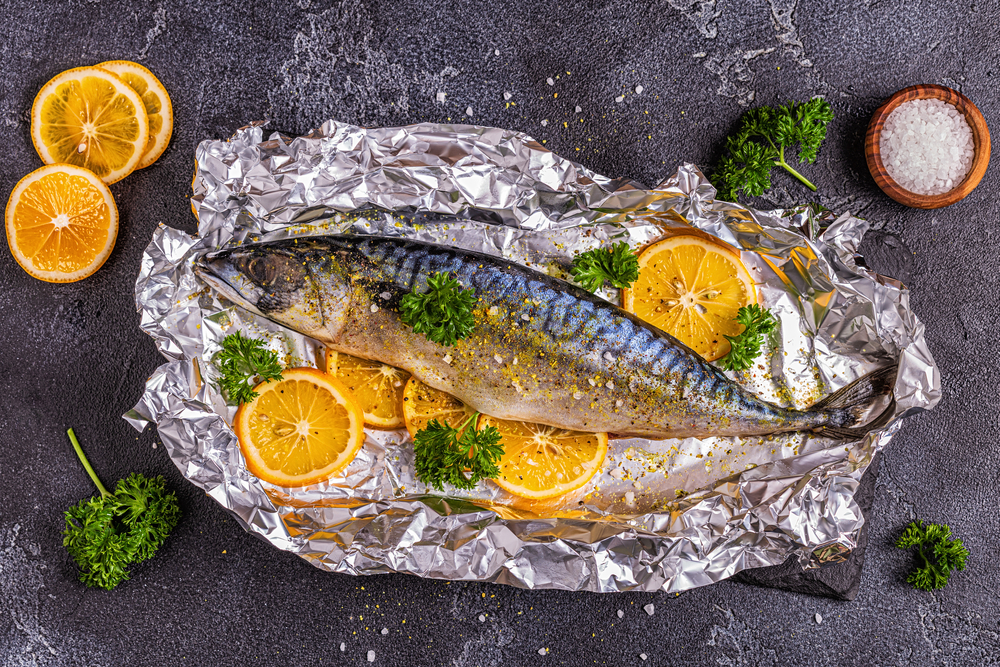
Mackerel’s rather fishy flavour can be problematic for some of us but served with a strong flavour such as lemon or tomato, it becomes more palatable. And it’s not just high in omega-3s: mackerel is a great source of the mineral selenium and vitamin B12, essential for the nervous system.
Why not include these nutrient-packed in-season foods this spring so you can enjoy the new season to its fullest?
FOR MORE GREAT NUTRITION AND LIFESTYLE ADVICE:
Sign up to receive our blog and get a weekly dose of the latest nutrition, health and wellness advice direct to your inbox.
For everything you need to know about vitamins, minerals and herbs visit our sister site Vitamin Expert – your essential guide to nutrition and natural health.
Follow us on Instagram @feelaliveuk for nutrition, lifestyle and well-being tips.
Visit us at www.feelaliveuk.com for the latest offers and exclusive Alive! content.
Follow and Chat with Suzie on Twitter @nutritionsuzie
All images: Shutterstock
